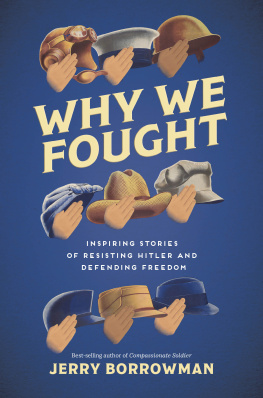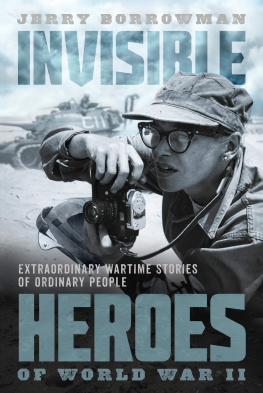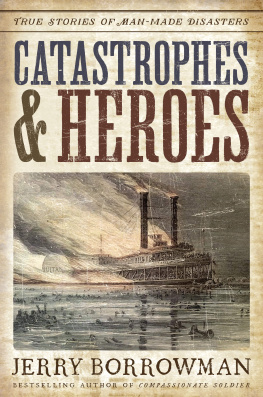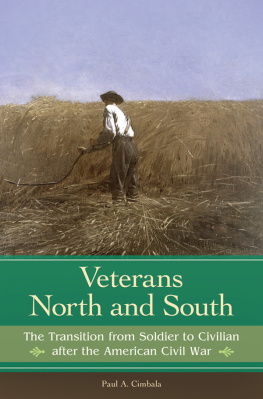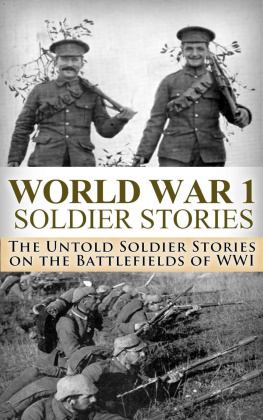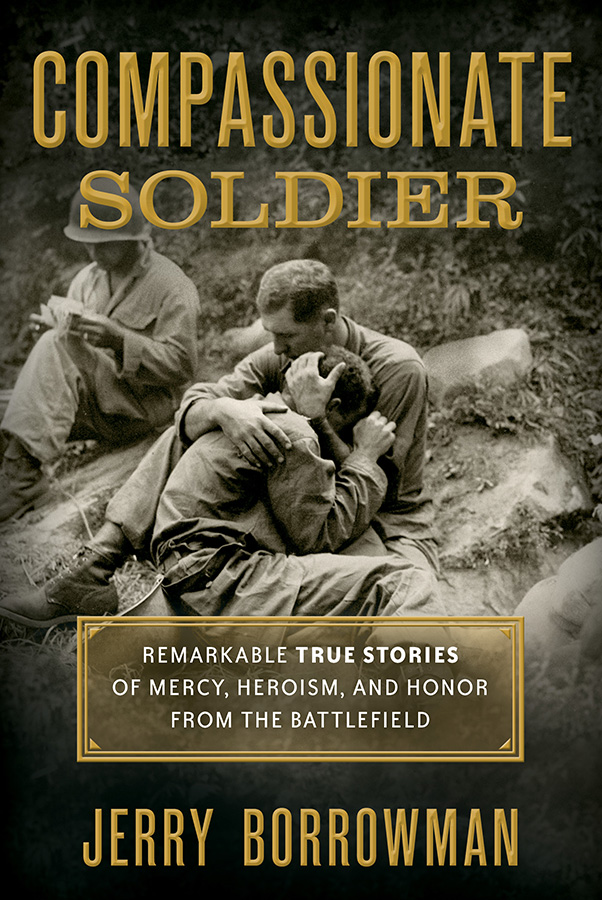Contents
Introduction
Imagine you are on the battlefield and in the throes of fighting a war. Your chance of survival is uncertain. Suddenly, you find yourself with a crucial decision to makeyou have the opportunity to save someones life, but trying to do so may put you in harms way. Do you risk your life to help save anothers?
How often do we think about the welfare of others before our own? The dictionary defines compassion as a feeling of deep sympathy and sorrow for another who is stricken by misfortune, accompanied by a strong desire to alleviate the suffering.
In war, compassion also requires courage. That is why, in a situation where cruelty is the norm, compassion is so unexpected. Soldiers are taught to disregard the humanity of the enemy so they can act against them. When individuals act generously for someone who is in danger, even at the risk of their own life, such actions are noteworthy and inspiring.
The following remarkable true stories show that a real hero is a compassionate one. We may never be a soldier on a battlefield, but every day we are offered choices: to be kind or unkind, to show love or ignore someone who needs our help, to forget ourselves or live selfishly.
Compassionate Soldier honors brave men and women who showed compassion when it was not expected or required. In most cases, this compassion created peril for the ones who offered it, but they proceeded in spite of the risk. In all these situations, it is humbling to witness their actions, even from a distance, because the question inevitably arises, Would I have behaved as well as they did? Perhaps that is the most important trait of real heroestheir ability to inspire the rest of us to do a little better.
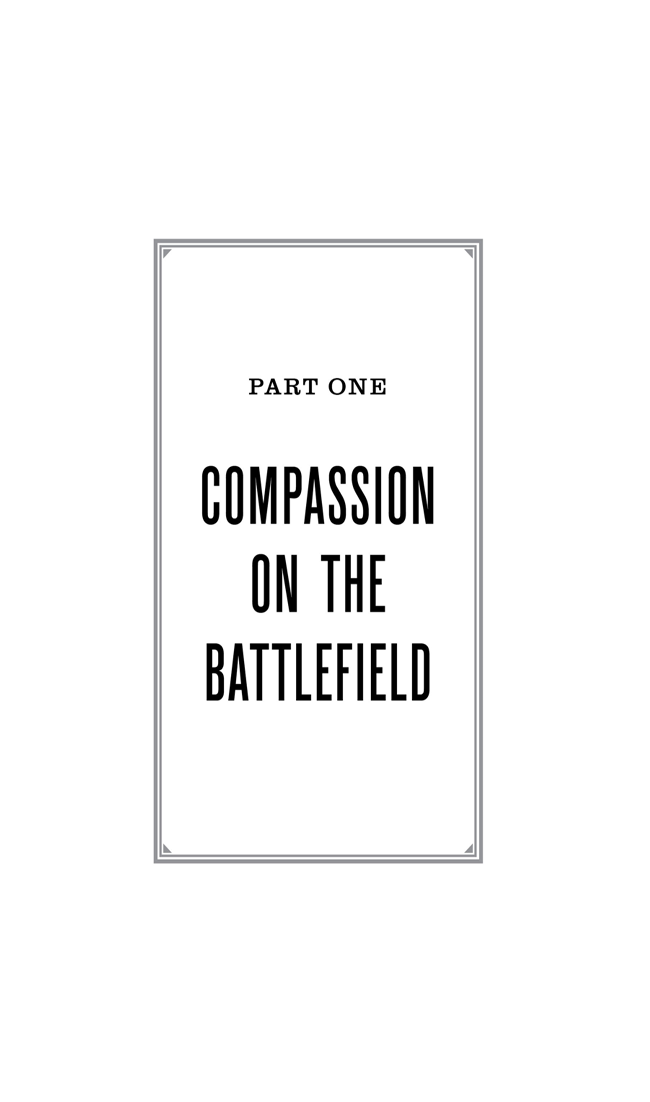
Chapter 1
Captain Ferguson and General Washington
The Law of Arms
Unknown to General George Washington and his aide, the three British sharpshooters who had them in their sights carried the new Ferguson rifle. The most accurate weapon in the world, it could hit its target within three hundred yards. General Washington was less than one hundred yards away.
So why did the British officer order his men to lower their weapons?
That British officer was Captain Patrick Ferguson of the British 70th Light Foot Regiment. He was a professional soldier in His Majestys Army and, like most other officers, had purchased his captains commission as a way to advance in rank, status, and pay. A British-trained soldier and a man of honor, he was deeply offended by the American rebels use of guerrilla war tactics. Ferguson believed that gentlemen always faced each other on an open field in combat.
In contrast, the Americans believed in the element of surprise, often concealing themselves behind trees and foliage, waiting to attack the enemy. It was not uncommon for the patriots, as the colonists called themselves, to fire on British troops from behind. After killing a few soldiers, the patriots would slip into the woods beyond the reach of return fire. This intermittent harassment increased the anxiety felt by British troops because they never knew when or where to expect an attack.
Captain Patrick Ferguson
Patrick Ferguson was a remarkable man. Born in Scotland, he was the second son in an influential family. His father was a judge, and his older brother a member of Parliament. Pattie, as the family called him, joined the British army at age fifteen. First assigned to the Royal North British Dragoons, he served in Germany and Flanders in the Seven Years War.
As the European war was ending, he volunteered for service in the Caribbean Islands, nicknamed the fever islands. Most Britons who served there suffered from the heat and from insect-borne diseases. Ferguson, on the other hand, thrived in the unfamiliar climate. He wrote home:
All West India Climates are alike to me, & actually seem to improve my Constitution. I have been in five Different Islands & have enjoyed uncommon good health in them all: I cannot however say that our men so are healthy as at home, owing I am convinced to the necessity they are under of eating Salt provisions &new rum, which is the only kind they can well Afford to purchase. The Officers, however, are as healthy as can be imagined.
While a commanding officer in the Caribbean, Ferguson hoped to make his fortune by purchasing land there and operating a plantation. But he quickly became bored with that kind of life and turned his business over to his younger brother.
Inventor
Returning to Britain, Ferguson worked hard to improve his military prowess, particularly his skill in handling rifles. In fact, so great was his talent that he started making improvements to the breech-loading rifle that was used by sportsman. His goal was to turn it into a military weapon.
Fergusons incremental changes made for a highly improved weapon. For example, he reduced the number of turns of the ramrod needed to seal the barrel for firing when loading powder and muzzle. This change allowed him to get off more shots in faster succession. He also developed a method to quickly clean the barrel of fouled powder and ball, which could mean the difference between life and death for a soldier who was effectively out of action while preparing his next shot.
All of these improvements were significant. In a demonstration before his superiors, Ferguson cleared the rifle barrel of wet powder and fired a second shot in less than thirty seconds. By comparison, a fouled muzzleloader could take more than half an hour to clean and require help from more than one soldier to pry out the ball and wet powder.
An observer at the demonstration said about Ferguson and his rifle:
In June 1776, he gave a demonstration at Woolwich before Lord Amherst, Viscount Townshend, General Harvey, and several other prominent officers. He astonished the beholders. Notwithstanding a heavy rain and high wind, he fired, according to a contemporary,... after the rate of four shots per minute at a target two hundred yards distant. He next fired six shots in one minute.... He then poured a bottle of water into the pan and barrel of the piece when loaded, so as to wet every grain of powder; and in less than half a minute, he fired with her, as well as ever, without extracting the ball. Lastly, he hit the bulls eye, lying on his back on the ground. Incredible as it may seem to many, considering the variation of the wind, and wetness of the weather, he only missed the target three times, during the whole course of the experiment.
Fergusons breechloader was remarkable in being accurate to three hundred yardsthe equivalent of the length of three modern football fields. Muzzle loaders were accurate from only fifty to one hundred yards. That Ferguson could place a pattern of shots close to each other from hundreds of yards away showed his skill as a marksman as well.
He sought patents on his accumulated changes to the standard breechloader and engaged Britains foremost arms maker, a Swiss man named Durs Egg, to produce his rifles. Fergusons family benefited from the sale of Forguson rifles for many years after his death.
The Revolutionary War
In addition to his skills in soldiering and inventing, Patrick Ferguson was a great writer. His letters to his family are filled with wry historical insights, and he was among a handful of soldiers who wrote for The Royal Gazette, a newspaper published in British-occupied New York City during the Revolutionary War. His essays were earnest and appealing in their attempt to maintain the morale of loyalists and British soldiers. And he also tried to persuade wavering patriots to return their loyalty to Britain.


